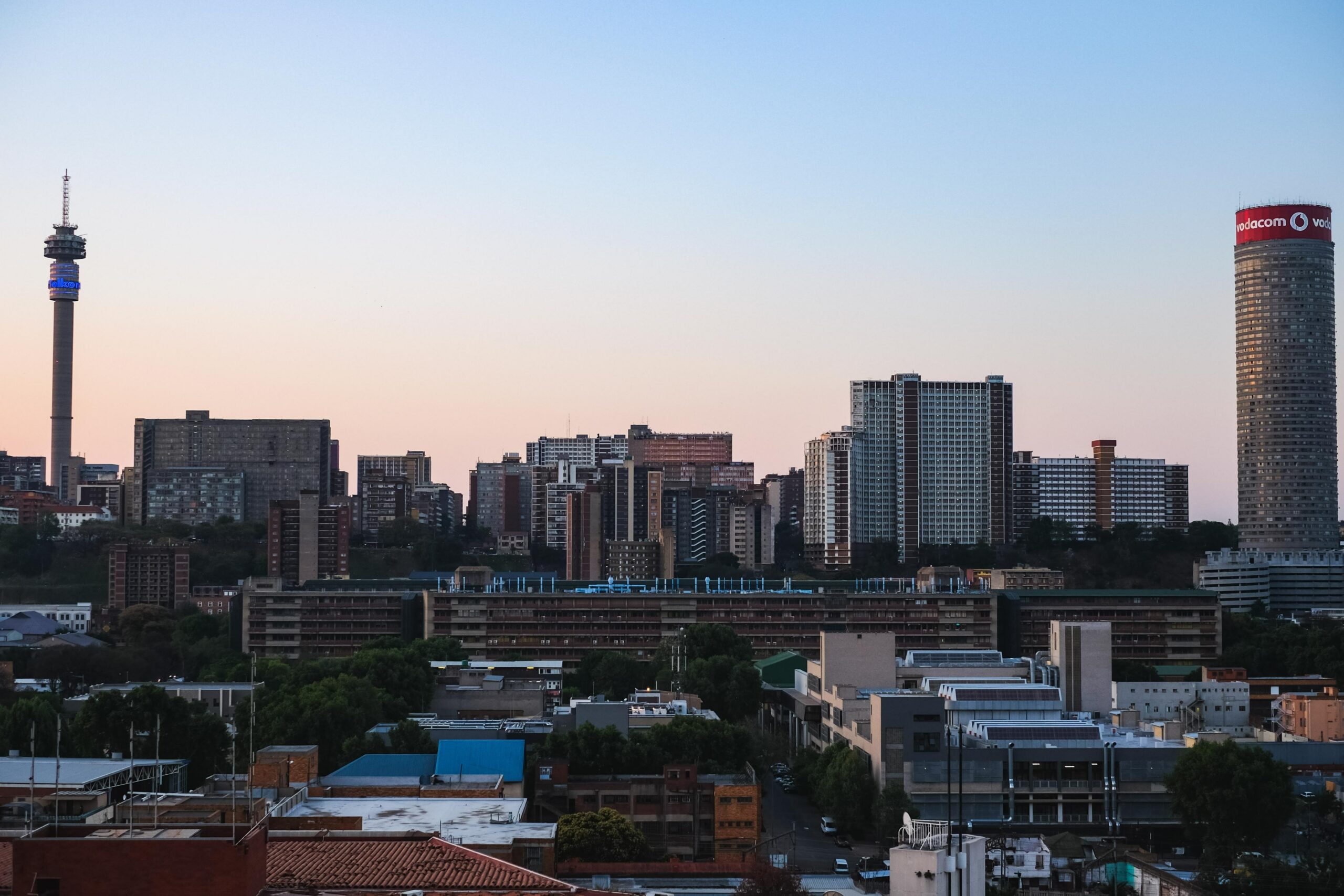South Africa’s coal plant extension plans are deadly and costly, finds new report
A new investigation by the Centre for Research on Energy and Clean Air (CREA) has modelled the health and financial impacts of South Africa’s plans to delay its coal power plant decommissioning. Its findings reveal that these controversial plans would result in substantial detrimental socio-economic impacts caused by air pollution, while failing to address the load-shedding crisis.
Under South Africa’s current IRP, 11.3 GW of coal power at seven plants was scheduled to retire by 2030. However, there are proposals to delay all decommissioning commencement until after this time. To date, only one power plant, Komati, has been retired — although not yet decommissioned.
Ntombi Maphosa, an attorney from the Centre for Environmental Rights (CER), said: “A decision made by government that fails to protect people from serious known health risks constitutes a violation of people’s right to life, and to an environment not harmful to their health and wellbeing.
“This also raises the prospects of claims being brought by the families who have to bear the loss of life, poor health and the medical costs to be incurred as a result of the excess pollution caused by any decision to continue with toxic air pollution by delaying decommissioning”, Ms Maphosa added.
CREA report: Key findings
The significant findings from CREA’s analysis were:
- Delaying the decommissioning of all plants currently scheduled to begin decommissioning by 2030, until 2030 and beyond, would cause a projected 15,300 excess air pollution-related deaths and total economic costs of R345 billion.
- This huge economic cost is primarily due to the massive additional health burden on the nation. For example, health impacts include 9,300 new cases of asthma in children, 13.0 million days of work absence, and 18,000 years lived with disability due to thousands more cases of vascular disease, diabetes, and stroke.
- The closure of Komati has already avoided health impacts, including 220 deaths and R4.9 bn in health costs. These estimates are from 2020 (when most units at the plant were placed in reserve), to 2023.
- The delays already introduced in Eskom’s “Emissions Reduction Plan”, compared with the 2019 IRP, will lead to a projected 2,800 excess deaths and total economic costs of R61 bn.
Future risk
The report also highlights the potential for substantial additional risks in the future, due to decomissioning delay knock-on effects:
- If the rate of decommissioning in the 2030s and 2040s is not accelerated from current plans, further delays to the decommissioning of other units would increase the health impacts of the delay to 32,300 deaths from air pollution and economic costs of R721 bn.
- Other projected health impacts included 100,000 asthma emergency room visits, 27.0 million days of work absence, and 38,000 years lived with disability.
Michelle Cruywagen, Senior Just Transition and Coal Campaign Manager at groundWork, said CREA’s report provides important scientifically validated modelling that the government must consider within its plans to delay Eskom’s end of life coal plants. “The pollution from these end of life power plants, which by their own admission cannot meet health-based air quality standards, has been damaging the health of residents of the Mpumalanga Highveld for decades”, said Ms Cruywagen. “Already, the delays caused by Eskom not following the decommissioning schedule in the IRP 2019 has caused thousands of excess deaths.”

Will the coal plant extensions help the load-shedding crisis?
Unlikely — the report points out that the persistent load shedding in South Africa is not due to insufficient power capacity, but due to Eskom’s failure to operate and maintain its power plant fleet in a way that ensures plant availability and reliable operation. Instead, evidence shows that renewables such as wind and solar are the fastest and most cost-effective solution to address load-shedding. Simultaneously, scaling up clean energy and retiring coal is the most powerful solution to clean up South Africa’s fossil fuel polluted air.
Delaying coal plant decommissioning also has wider implications. The coal extension plans also stand in direct contrast to the commitments made in the Energy Crisis Action Plan and its international climate finance deals for its Just Energy transition — worth the USD 8.5 bn (R160b) and USD 2.3 bn (R42 billion). These plans are integral to helping create a more secure and affordable power system for South Africa, and, in turn, develop a more sustainable economy that would foster long-term economic growth and international competitiveness.
South Africa’s air pollution crisis: The context
South Africa has a number of air pollution hotspots where air quality does not meet national air quality standards, let alone the World Health Organisation (WHO) guidelines. These hotspots were declared air pollution priority areas under air quality legislation many years ago. Eskom’s fleet of coal power stations – of which 12 are in the Mpumalanga Highveld and two are in the Limpopo Waterberg – is responsible for most of the air pollution. Across these areas, as well as throughout South Africa, coal combustion is a major source of the deadly pollution.
In 2021, data analysis by CREA also found that Eskom had become the largest emitter of health-harming sulfur dioxide in the world.
In March 2022, South Africa’s North Gauteng High Court ruled that the poor air quality in the Highveld Priority Area is in breach of residents’ section 24(a) Constitutional right to an environment that is not harmful to their health and well-being.
Related Articles
Methane gas caused Johannesburg explosion, investigation finds
Authorities confirm methane gas caused last month’s explosion in Johannesburg city, which killed one person and injured several others.
International gas lobby trying to sell the climate-heating fuel as ‘green’
Strategy documents from one of the world’s largest fossil gas lobby reveal the industry’s campaigns to lock in fossil gas and stall progression to net zero worldwide. Analysis of the documents, published by the think tank InfluenceMap, shows the International Gas Union (IGU) has sought to redefine the role of gas in the face of growing […]




